
Death and Extinction of the Bees. The Role of Monsanto?
‘Scientists have recently reported that mass extinctions of marine animals may soon be occurring at alarmingly rapid rates than previously projected due to pollution, rising water temperatures and loss of habitat. Many land species also face a similar fate for the same reasons. But perhaps the biggest foreboding danger of all facing humans is the loss of the global honeybee population. The consequence of a dying bee population impacts man at the highest levels on our food chain, posing an enormously grave threat to human survival. Since no other single animal species plays a more significant role in producing the fruits and vegetables that we humans commonly take for granted yet require near daily to stay alive, the greatest modern scientist Albert Einstein once prophetically remarked, “Mankind will not survive the honeybees’ disappearance for more than five years.”’
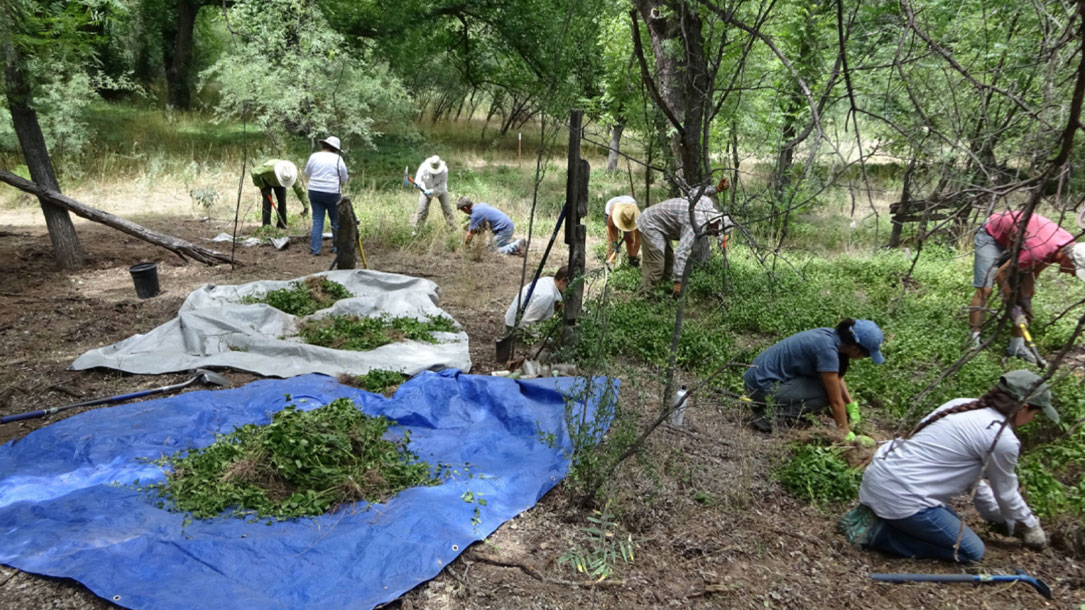
Climate change is making it harder to revive damaged land
In the early 1980s, ecological restoration was much like cleaning up after a rowdy house party: trying to return a degraded habitat to its former pristine condition… “I’ve always been taught that restoration is about taking a degraded site and restoring it back to what it was before the disturbance,” Campbell said.
But increasingly, scientists who study ecosystems, as well as land managers who do restoration work, are questioning that model of ecological restoration, which relies on the idea of a stable “climax community,” even though many ecosystems are always changing…
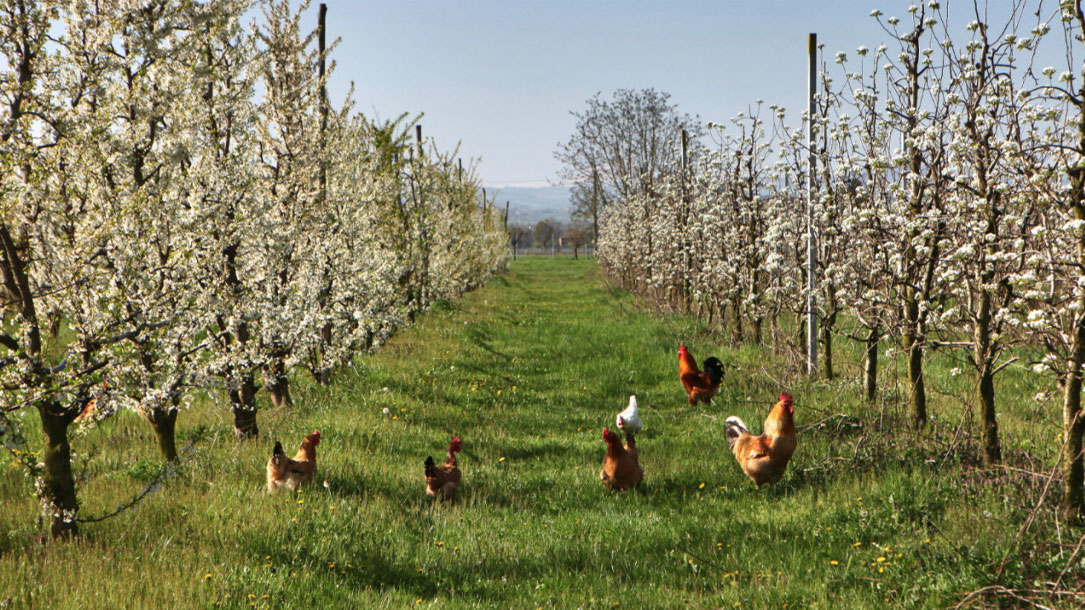
California is turning farms into carbon-sucking factories
In a grand experiment, California switched on a fleet of high-tech greenhouse gas removal machines last month. Funded by the state’s cap-and-trade program, they’re designed to reverse climate change by sucking carbon dioxide out of the atmosphere. These wonderfully complex machines are more high-tech than anything humans have designed. They’re called plants.
Seriously though…

Brilliant teen’s invention to remove all plastic from ocean is finally becoming a reality
A solution to the catastrophic plastic pollution in the ocean, now a problem even in the Great Lakes, is getting a major boost. When Boyan Slat was 16 years old, he found himself coming across more plastic than fish while diving in Greece. It was then that he decided to dedicate a high school project to investigating ocean plastic pollution and how he could make a difference.
Check out what’s about to happen off the coast of California this summer…

Is there plastic in your beer? Probably
Love beer? How about water? According to a new study published in the Public Library of Science’s open access journal, micro-plastics found in the Great Lakes are making their way into the region’s beer. That’s not a good thing for your health…
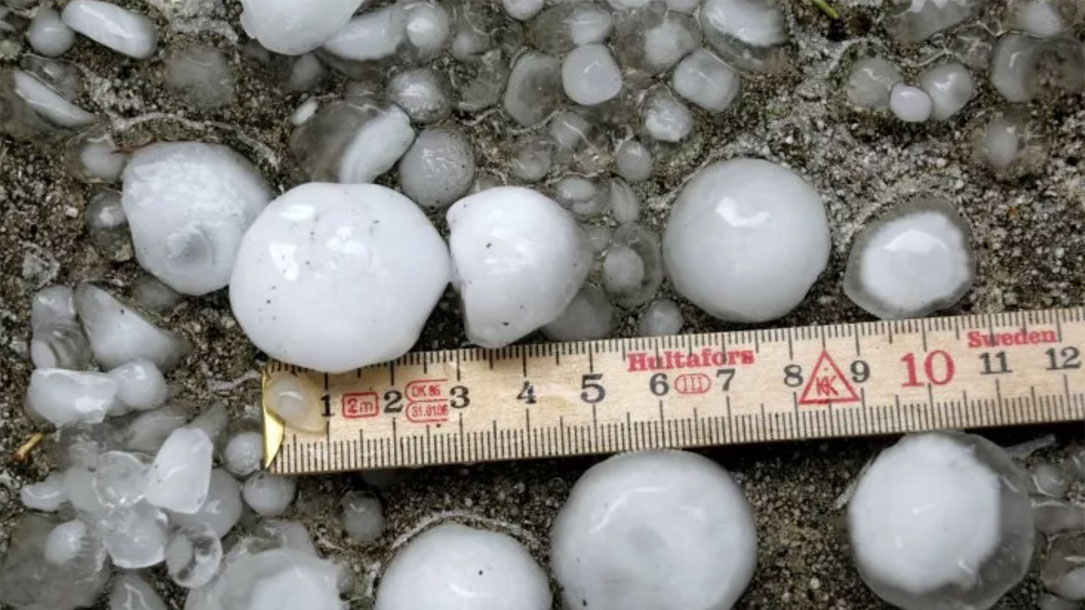
Climate change: Giant hail set to batter North America
Research is documenting that extreme weather is on the rise that will wreak havoc on farms and ranches. As a result, it is likely there will be increased need to cover crops and provide animals shelter to avoid critical damage from hail. That will likely mean drafting long-term conservation agreements (conservation easements) that want farming and ranching to succeed to allow for structures beyond the farmstead areas (building envelopes).
To get a sense of what we are talking about, check out the video or you can read the short article…
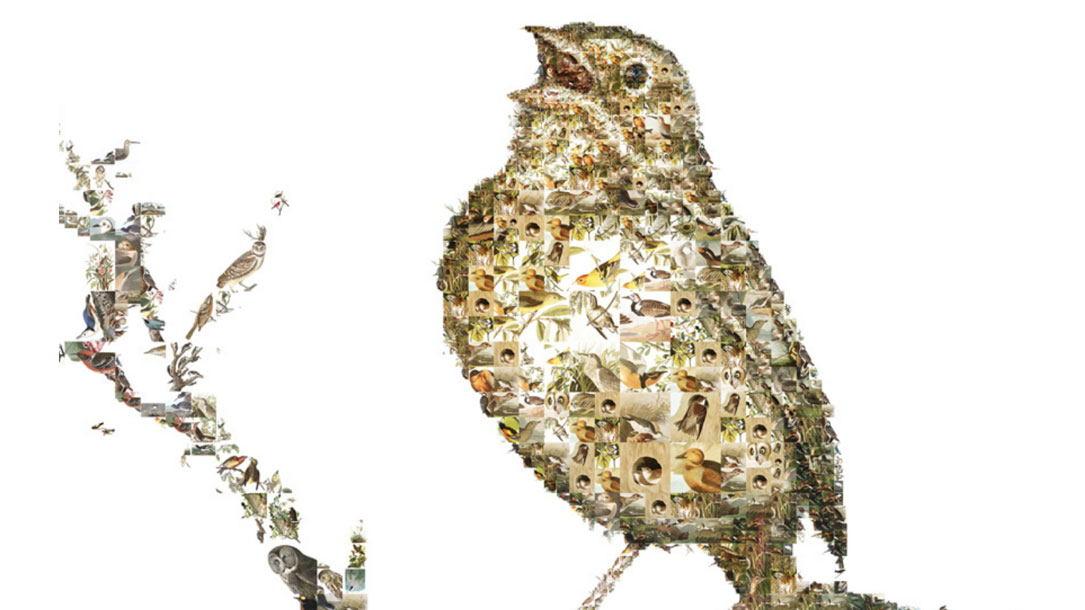
Audubon’s Birds and Climate Change Report
“The National Audubon Society has completed a continental analysis of how North America’s birds may respond to future climate change. Using extensive citizen science data and detailed climate layers, we developed models that characterize the relationship between the distribution of each species and climate…”

How is climate change impacting birds?
National Audubon’s 2014 Report is relevant, although there is growing concern that the predictions are understated given new research of an acceleration of climate change.

One-third of forests aren’t growing back after wild fires, research finds
“Seedlings are more sensitive to warm, dry conditions than mature trees, so if the right conditions don’t exist within a few years following a wildfire, tree seedlings may not establish,” said Philip Higuera, a coauthor of the study.
Earlier this month, a separate study found that ponderosa pine and pinyon forests in the West are becoming less resilient due to droughts and…
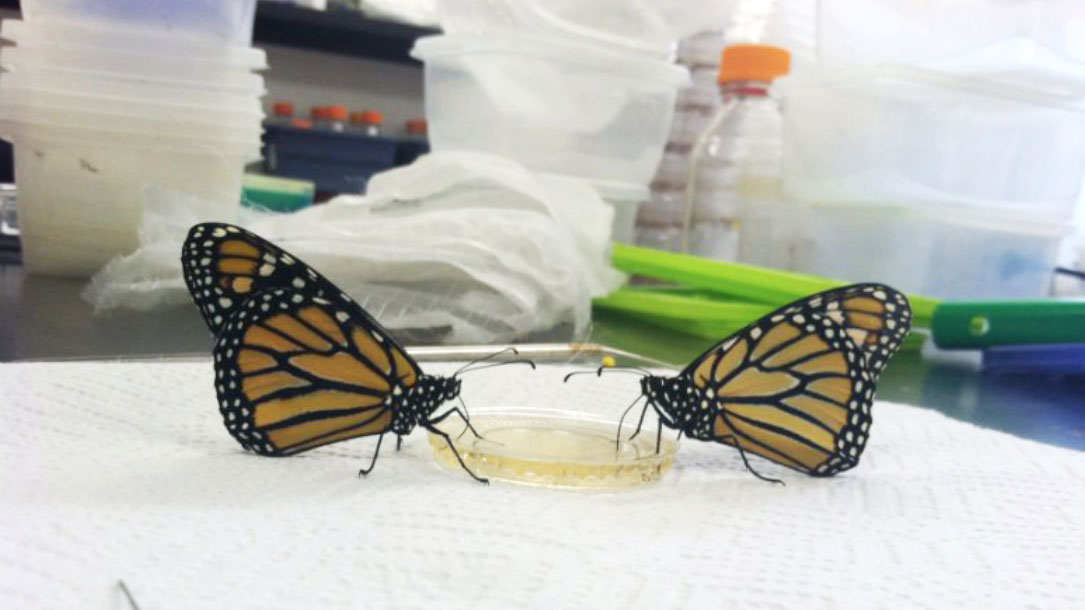
Global warming can turn monarch butterflies’ favorite food into poison
Louisiana State University researchers have discovered a new relationship between climate change, monarch butterflies and milkweed plants.
It turns out that warming temperatures don’t just affect the monarch, Danaus plexippus, directly, but also affect this butterfly by potentially turning its favorite plant food into a poison…












